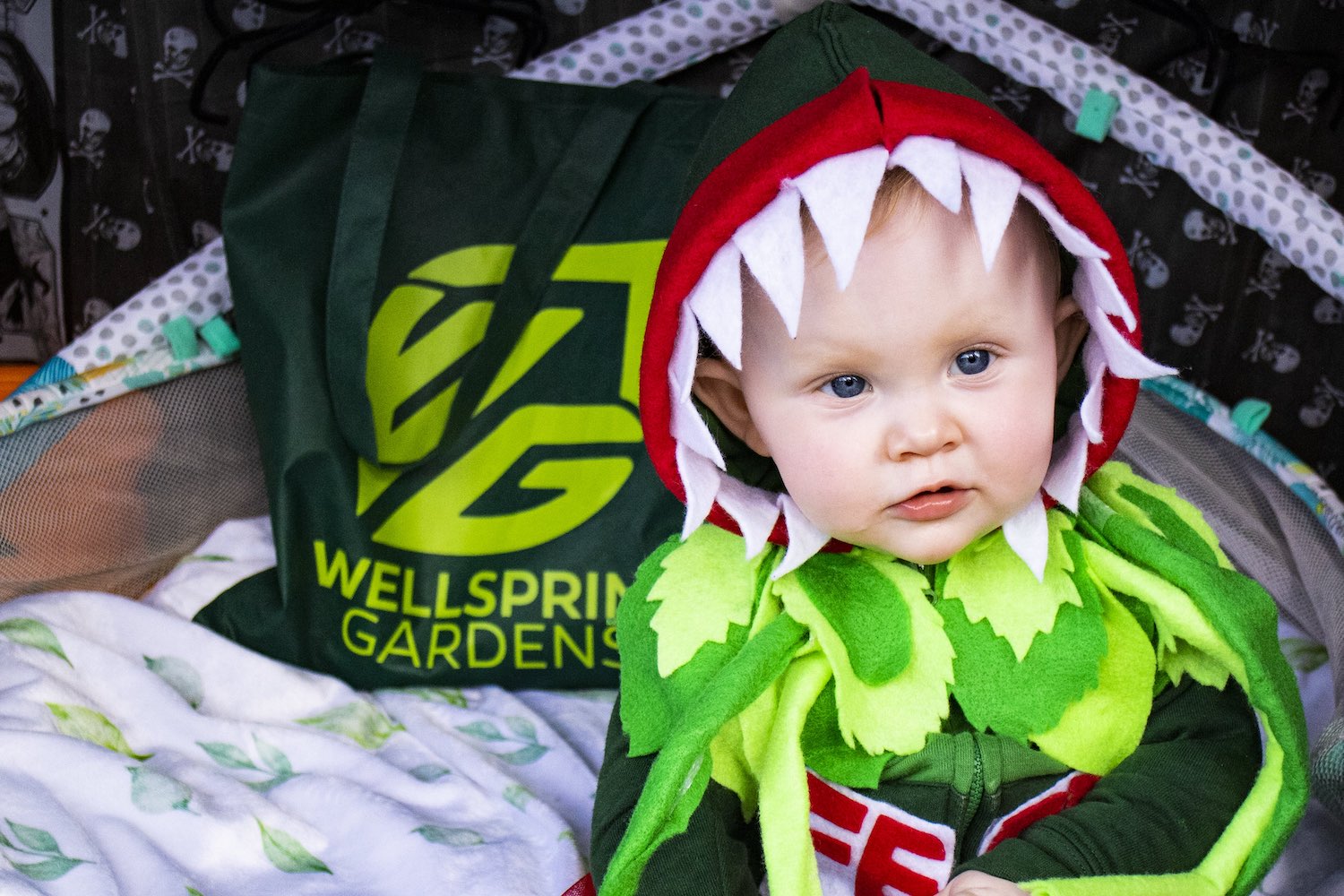Elephant Ear Care
If it’s majesty and impressive size you’re after for your garden, Elephant Ears are a perfect choice. The leaves not only resemble the shape of an elephant’s ears but many also have leaves that seem almost elephant-sized. There are thousands of different varieties from dark-colored to light and from taller-than-you to perfect for your tabletop. Some elephant ears stand straight up; some droop; some are cup-shaped and catch drops of water. With traits that vary slightly and widely from each other, we’re sure you won’t be able to settle with just one. Our care guide will illustrate the various types, provide troubleshooting tips, and teach you how to care for your Elephant Ears.
Three Different Species
There are three main Elephant Ear species. The technical difference between each species can only be determined at a microscopic level, but here are some observable characteristics of each type.
Alocasia |
Colocasia
|
Xanthosoma
|
| Leaves often point upright/horizontally | Leaves hang or droop downward | Leaves hang or droop downward |
| Tougher than other elephant ear species | Leaves are thin and fragile when young | Leaves are thin and fragile when young |
| Popular as houseplants | More popular as outdoor plants | More popular as outdoor plants |
| Diverse leaf shapes but generally pointy | Rounded, heart-shaped leaves | Heart-shaped leaves, arrow-shaped tips & often quilted veins |
| Part sun to shade (Green-leafed varieties prefer bright light.) |
Like bright light but do well in shade | Full to part sun |
| Like light water (Green-leafed varieties prefer more water.) |
Prefer heavy water | Prefer light water |
| Like well-drained soil | Like heavy, loamy soil | Like well-drained soil |
Learn How to Care for Elephant Ears
Troubleshooting
Oh, no! My Elephant Ear Lost a Leaf!
Damaged leaves? 🍂 Don’t fret. It's really common for elephant ears to shed leaves, especially after being in a dark box. That's why many online sellers send them as corms (plant language for a bulb-like root) with no leaves. Because we know it's more satisfying to receive an actual plant, we aim to send ours with leaves. However, on occasion a leaf is damaged during shipping or some leaves die, but the underground rhizome is still alive and healthy and will grow new leaves relatively quickly. If you haven't already, repot and trim off any damaged or dead leaves a few inches from the base. You can even fertilize it. The leaves will quickly re-grow from the tubers. And you won’t even have to wait for the plant to mature. Even starter-size plants will produce new leaves. Check out our time-lapse to see just how quickly Elephant Ears can grow a new leaf; although timing can vary depending on the individual plant and the season, it will give you an idea of how these amazing plants grow.
My Elephant Ear is dead!
Your Elephant Ear may be dead, but then again, it might not be. Watch our time-lapse of a customer return. After just a few short days, the plant that sat in a box for 3 weeks and looked as "dead as a doornail," 😵 looked as good as new.
Shop Elephant Ears
Shop for Elephant Ears at Wellspring Gardens.








